A Critique Of The Tarot- The Arcana Of Life
Highly publicized and popularized as a supernatural gimmick, the Tarot or essentially tarot readings, often portrayed as tools used by persons with physic abilities. Seen as another attempt at gaining money or fame, this practice has been often dubbed a new age scheme or fad which is highly overrated, misused and misrepresented.
This tool of divination leaves a bad taste in the mouth, and is labeled ‘new age tricks’. As a result of the countless counterfeits who misuse the true value of the Tarot to achieve their own materialistic agendas. However, to shed some light on this ancient practice’s true intentions, read on further to break through the misconceptions and false surrounding the Tarot to learn about the benefits of the tarot and tarot readings.
What is Tarot?
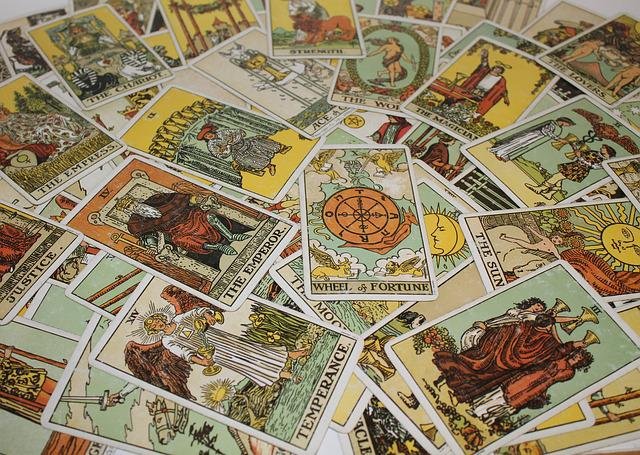
Embraced and exercised consequent to its oracle insight, the Tarot or tarot readings have been a form of divination for centuries. Providing intuition and perception of the deepest principles of our highest being, this spiritual practice is more advantageous than describing a person’s fortune. Simply put, by participating in a tarot reading one can gain rich insight and awareness into the multiple facets that encompass both one’s internal and external reality.
Furthermore, a comprehensive view of the physical and spiritual elements of human life and how they are manifested in your own reality can be revealed through such means as tarot reading. By focusing on a central and specific aspect of your life, or asking a specific question, guidance will be gifted to you via tarot cards through the means of a tarot spread.
Origins Of Tarot Cards
Cloaked in mysteries are origins spanning from the times of ancient Kemet. The Tarot was once believed to be an embodiment of the Egyptian Book of the Dead. This theory, although highly probable, has been shattered. Nonetheless, the finesse and basis of this belief is still revered by many occultists to this day.
Another belief originating from ancient Egypt involves archaic and sacramental text; The Book of Thoth. This particular theory is the speculation of former French Protestant priest and Freemason; Antoine Court de Gebelin. The former priest claims that such an ancient text was the sole survivor of the destruction of Egyptian literature and the most venerated of all their written knowledge. Of course, these claims and theories of the exact origins of tarot cards lack substantial historical evidence.
The oldest and most reliable of information date Tarot cards to Middle Aged Europe. Here, it is said that various artists gave birth to what would be called the predecessors of Tarot cards known today. These cards were commonly used as playing cards, sharing similarities in the four suits detailed. Utilized as normal playing cards, these tarot decks were expanded decades after by Italian artists who began painting illustrations on the cards.
Reflective of characters seen in many cultural parades, these archetypal themes dominated the card game Tarocchi. Thus becoming the Tarot in France, this game became popular all through Europe. Later, the extravagant and metaphorical themes often seen in tarot cards would become associated with occult knowledge. It was former Catholic priest Eliphas Levi and writer that was responsible for resurrecting the concept that Tarot cards and the teachings of Jewish mysticism were innately connected.
How Do Tarot Cards Work?
Traditionally, tarot cards are designed in a deck of 78 cards. These cards are then divided into 2 groups; the Major Arcana and Minor Arcana. Having been derived from Latin,these two groups translate to ‘big and little secrets’.
Of the 78 cards that complete a Tarot deck, 22 cards belong to the Major Arcana. The remaining 56 cards exist in the Minor Arcana which is further divided into four suits (fourteen cards for each suit). These suits include Cups, Swords, Wands and Pentacles. Similar to regular playing cards, these fourteen cards are ordered Ace through to Ten, along with the Court Cards- Page (Princess), Knight (Prince), Queen and King.
Tarot decks can vary in structure, certain cards and suits can often be named differently. For example, many decks may have the Knight as the equivalent of the King instead of the Prince. However, the universal context of the cards remains fixed. Consequently, this fact should be taken into account when encountering tarot decks, be sure to familiarize yourself with the specifics of the deck that is being used.
How Do Tarot Readings Work?
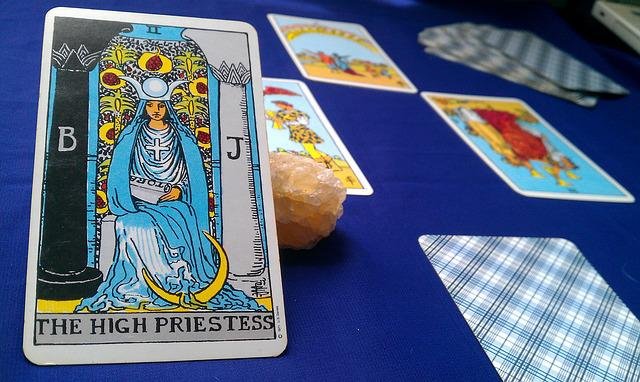
During a tarot card reading, the querent (person getting the reading done), must have an intention for the cards in the form of a question. The reader will then employ this question to the interpretation of the tarot cards. Next , the reader will shuffle the tarot deck and place them in a respective ‘spread’ (a formation or placement of cards). Consequently, a spread is chosen dependent on the interpretation the subject may pursue. And usually, it is the querent who also chooses the cad from the tarot spread for the reader to contemplate.
Putting together the themes of each card as well as the influences the cards have in the subject’s life, will unravel unique wisdom. As each card has a different significant meaning, the reader and the querent work together along with the cards to compile an exclusive insight into the potential of decisions and knowledge at their fingertips.
If you are giving a go at Tarot readings yourself, be sure to study the meaning and themes of each card. Because the Tarot has been linked with the doctrines of the Kabbalah, familiarizing yourself with these principles provides an advantage. The interpretations of tarot cards are more often symbolic in nature so deeper understanding comes with an open mind and reflective thought. Therefore, It is also encouraged to remain unbiased when interacting with the cards and release expectations.
How Often To Partake In Tarot Readings?
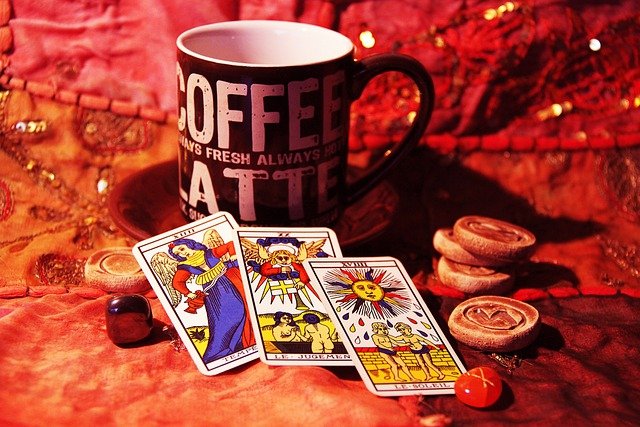
This is open for discussion and would vary depending on your intention and the spread being applied. Usually, larger tarot spreads are comprehensive and may be done every six months or so. Smaller spreads are short term and can be exercised every week. Tarot readings are also helpful when particular events occur such as issues or future opportunities. Take a simple reading to learn more about how to manage these instances in life.
Be as concise as possible with your question or intention for the cards. And avoid asking about superficial matters as these can only serve to confuse the forthcoming messages. Evidently, A great way to connect to your intuition and the tarot cards is by pulling one card everyday. Meditating and reflecting on the card pulled, increases your ability to interpret the themes of the cards more accurately.
About Tarot Spreads
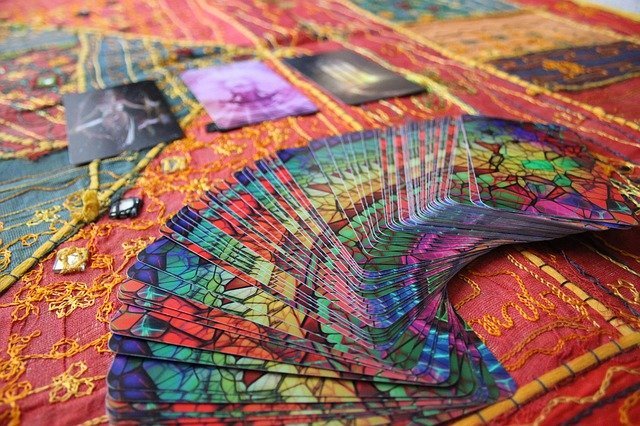
A very popular term among those in the divination realm, tarot spreads refer to the card placements during a tarot reading. The way you lay your cards of course will significantly affect the tarot reading and the interpretations to come.
There are a variety of tarot spreads available at your disposal to make full use of tarot readings. Below will reveal some of the most popular and easy tarot spreads to help you gain deep connection to your intuition and unlock crucial knowledge to live your highest self!
THREE CARD SPREADS
By far the easiest and highly favored when it comes to tarot reading. Beginners and even seasoned readers utilize three card spreads for their decisiveness and ability to uproot patterns and other elements of your life. These classics are highly flexible and provide insight to many questions while being easy to understand.
With each card being interpreted in stages, three card spreads build on one card to give a comprehensive reading and each card represents an aspect of the question you have for the cards.
Past Present Future
The first card in this three card spread reveals what past details affect certain present elements in your life. Some patterns will be shown here. The card located in the middle of this spread reveals the querent’s position currently. Lastly, the final card signifies the conclusion. Meditation and reflection are key tools to use on the past and present card as they unlock the crucial knowledge needed for the future. Further meditation can also enable you to better navigate through those future circumstances.
Naturally, three card spreads are shown to be significantly useful in revealing guidance when it comes to a linear path or cause and effect. Additionally, other variations of the three card spread include:
- Situation, Problem, Advice
- Mind, Body, Spirit
- You, your direction, your potential
- You, relationship, partner
- Idea, process, Desire
The Tarot Critique

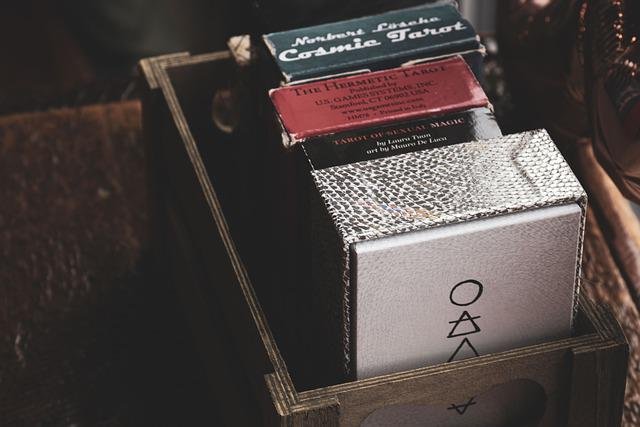



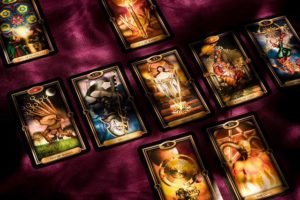
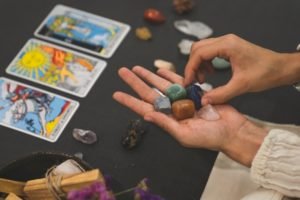



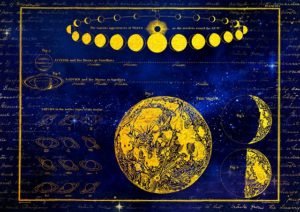
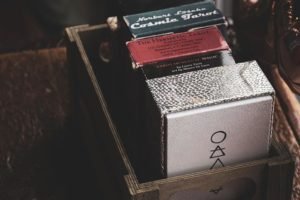
Can I simply say what a comfort to find someone who actually understands what they are discussing on the net. You definitely understand how to bring an issue to light and make it important. More people should check this out and understand this side of the story. I was surprised that you are not more popular since you most certainly have the gift.